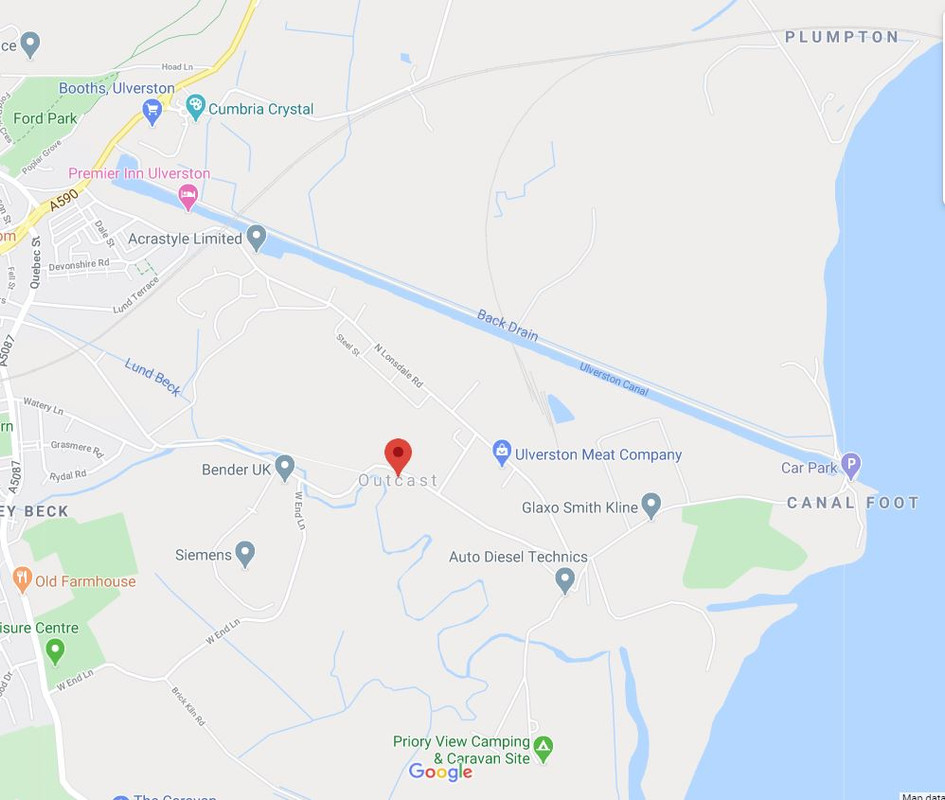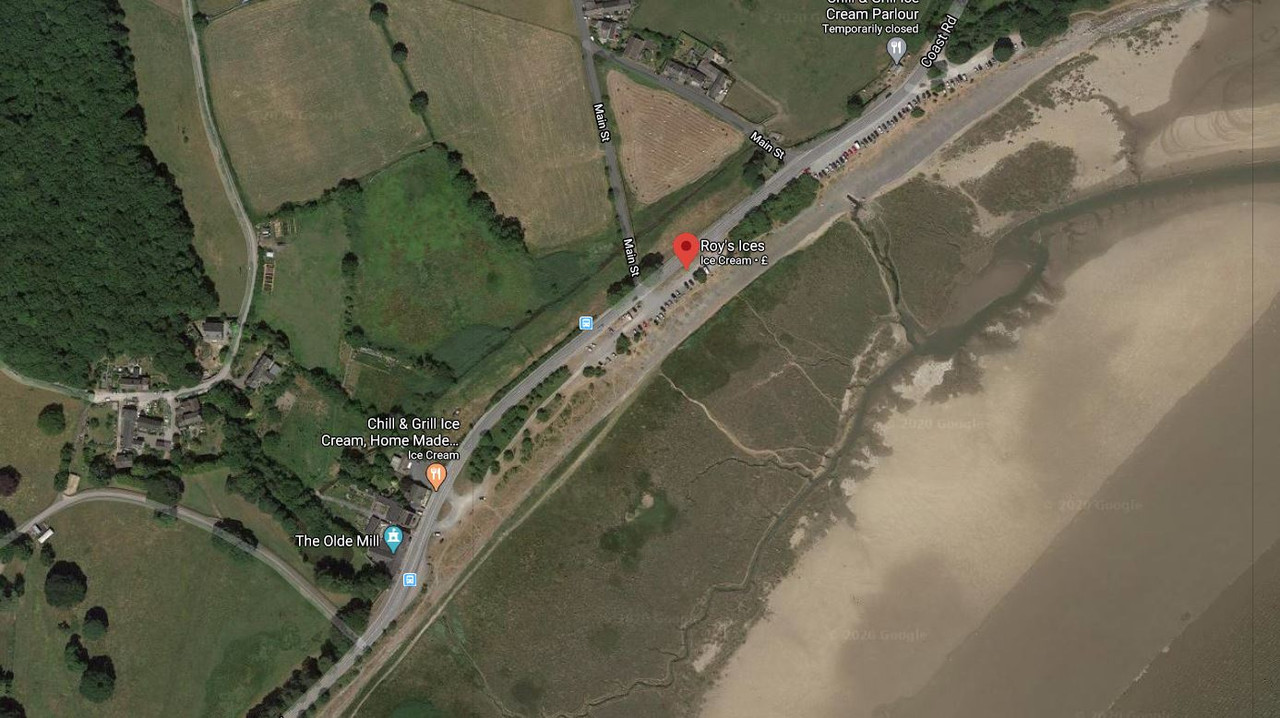MyQul
Chairman of the Bored
"In one sense what is happening to us at present is unprecedented: a pandemic that is simultaneously shutting down nations all over the world. At the local level, however, this was business as usual for Tudor and Stuart England. There, an epidemic would arrive in every city, town and village, about once each generation, and kill a fifth to a quarter of the population. There was no safe season: the two greatest scourges were bubonic plague, a bacillus carried by fleas which normally lived on rats, striking in summer and autumn, and influenza viruses, which flourished in winter and spring. Each usually took three to six months to work through a community, though sometimes a strain would bed in and produce a twin-peak flare-up in successive years. In those times, there was no understanding of the causes of these diseases, and no public health service, but other factors were very similar to the present day."
https://www.idler.co.uk/article/tudor-lock-down/
"Boccaccio’s Decameron is a collection of one hundred stories, a kind of Arabian Nights for the West. The setup may well be familiar to you: it is 1348 and the plague is ravaging Italy. A group of bright young Florentine women call a meeting in a church and decide to retreat to a pretty farmhouse in the Tuscan countryside, with some well chosen male companions in tight leggings. Here they tell extremely bawdy stories to one another
The story-telling is preceded by Boccaccio’s account of the effect of the plague on everyday life in Florence. Remember that in 1348, Florence was the New York of the world: it was way ahead of everyone else in art, architecture, textiles and banking. Boccaccio himself was the son of a banker and when young spent what he later called “six wasted years” learning the trade in his father’s Naples office. He’d always wanted to be a writer.
Boccaccio says he was present during the plague in Florence, which killed at least two thirds of the city’s 100,000 inhabitants. The disease was so virulent, he says, that a pig which sniffed an infected rag would drop down dead immediately
https://www.idler.co.uk/article/social-distancing-during-the-plague-in-florence/
https://www.idler.co.uk/article/tudor-lock-down/
"Boccaccio’s Decameron is a collection of one hundred stories, a kind of Arabian Nights for the West. The setup may well be familiar to you: it is 1348 and the plague is ravaging Italy. A group of bright young Florentine women call a meeting in a church and decide to retreat to a pretty farmhouse in the Tuscan countryside, with some well chosen male companions in tight leggings. Here they tell extremely bawdy stories to one another
The story-telling is preceded by Boccaccio’s account of the effect of the plague on everyday life in Florence. Remember that in 1348, Florence was the New York of the world: it was way ahead of everyone else in art, architecture, textiles and banking. Boccaccio himself was the son of a banker and when young spent what he later called “six wasted years” learning the trade in his father’s Naples office. He’d always wanted to be a writer.
Boccaccio says he was present during the plague in Florence, which killed at least two thirds of the city’s 100,000 inhabitants. The disease was so virulent, he says, that a pig which sniffed an infected rag would drop down dead immediately
https://www.idler.co.uk/article/social-distancing-during-the-plague-in-florence/



























![BREWING THERMOMETER STICKERS ACCURATELY MONITOR FERMENTING BEER & WINE LIQUID TEMPERATURES 5PCS HOME BREW SPIRITS WINE LCD ADHESIVE [US]](https://m.media-amazon.com/images/I/311DDjo2X3L._SL500_.jpg)

























